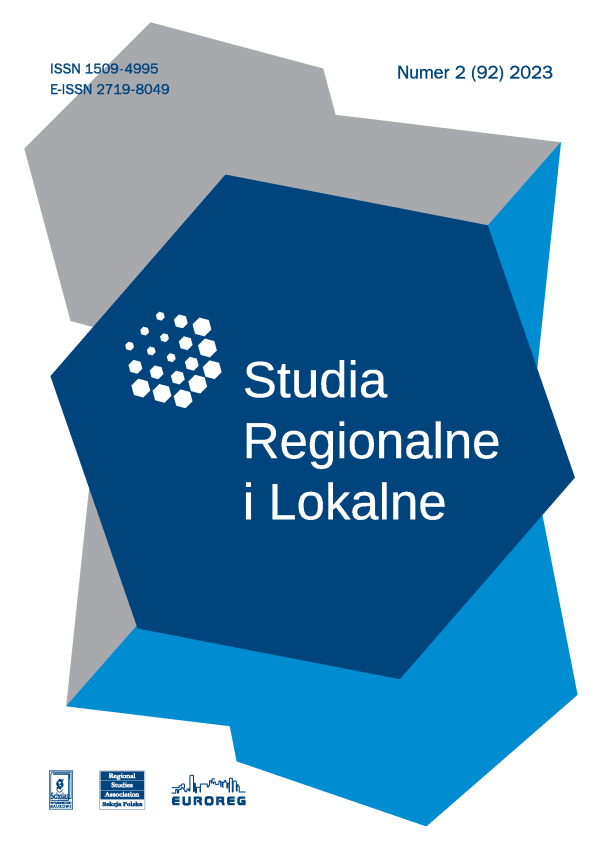Published in
2(92)/2023

- Svitlana Karvatska, Yevheniya Yuriychuk, Olha ChepelThe Peculiarities of the Reform of Local Self-Government: Examples of Ukraine, Latvia, and Poland[more]
- Olena Bochko, Mariya Bachynska, Svitlana Hrynkevych, Olha RyndzakDeterminants Influencing the Socially‑Vulnerable Population of Ukraine During the Russo-Ukrainian War[more]
- Roman TesliukThe Demographic Sustainability of Ukraine: The Historical Retrospective and the Current Challenges[more]
- Sergii Illiashenko, Yuliia Shypulina, Nataliia Illiashenko, Ievgeniia GolyshevaProspects for the Development of the Digital Labour Market in Ukraine: The National and Regional Aspects[more]
- Oksana Kravchuk, Iryna Varis, Viktoriia Zalizniuk, Tatiana Kaluzhna, Alla SamkoThe Regional Disproportions of Labour Market Risks in Ukraine[more]
- Katarzyna Szmigiel-Rawska, Justyna ŚlawskaTransaction Costs of Local Services in Poland[more]
- Maciej J. Nowak, Przemysław ŚleszyńskiDelays in the Preparation of Local Spatial Development Plans in Polish Communes: Determinants and Barriers[more]
- Maciej J. NowakOlivier Sykes, David Shaw, Brian Webb, International Planning Studies: An Introduction, Palgrave Macmillan, Singapore 2023, XVIII + 279 s.[more]


